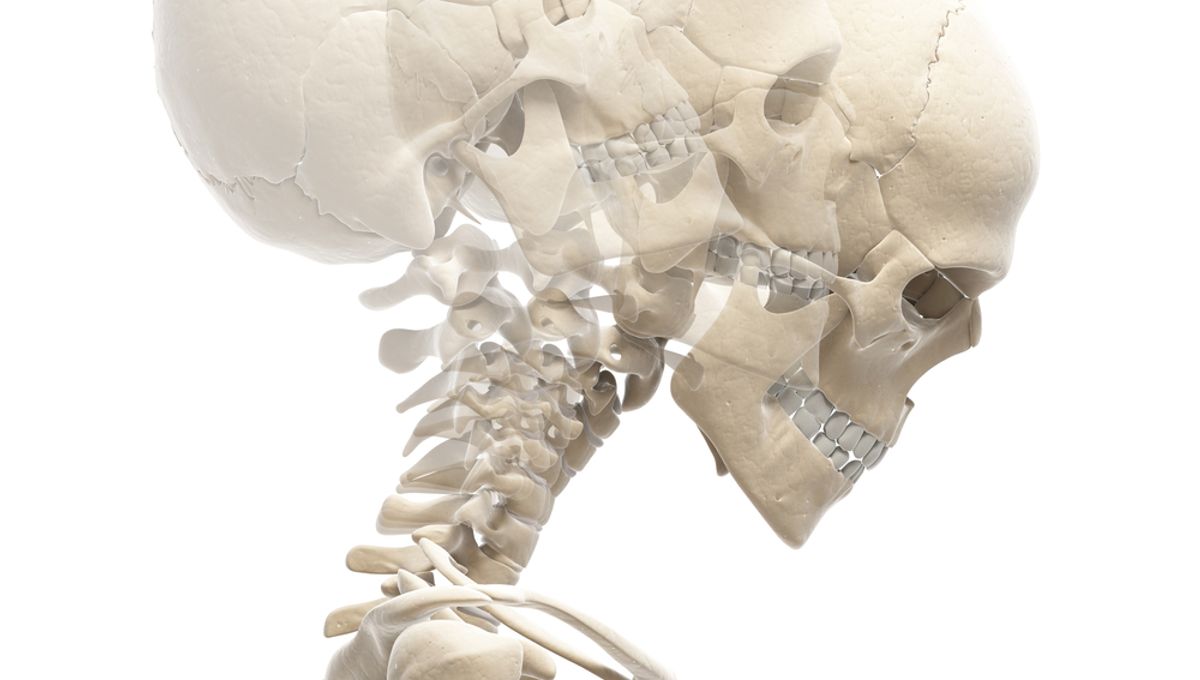
There are still many medical unknowns in the world, and one curious example is a little-understood condition that has baffled doctors and researchers for decades. Known as “Nodding syndrome”, it has affected people – almost exclusively children – in parts of East Africa since it was first identified in the 1960s, but no one yet knows what exactly it is and where it came from.
What do we know about Nodding syndrome?
Nodding syndrome is an unexplained neurological condition characterized by episodes of repetitive nodding of the head. These episodes appear similar to epilepsy, often accompanied by seizures and convulsions.
The condition’s effects are debilitating, and its onset can stunt growth and mental development. Strangely, the early signs of the nodding condition seem to manifest when children are about to eat, or sometimes when they are cold, but such episodes are brief.
At the moment, known cases have been limited to communities in South Sudan, Tanzania, and northern Uganda, where thousands of children have been affected, according to Abdinasir Abuakar, a physician with the World Health Organization (WHO). But researchers are still trying to figure out whether this mysterious disease is isolated to these regions or is spreading to new communities.
Nodding syndrome was first officially described by Dr Louise Jilek-Aall while she was researching epilepsy among the Wapogoro people of Mahenge, Tanzania, in the early 1960s. Jilek-Aall observed that “eight patients began two or three months before the major attacks with ‘nodding head’”. These children began nodding when presented with food and they tended to exhibit impaired cognitive and physical development.
Since then, more intense research has been conducted by the WHO, the American Centers for Disease Control and Prevention (CDC), and many other teams of scientists. In 2012, the WHO conducted a review meeting on the subject of Nodding syndrome and recognized Jilek-Aall’s descriptions as the first recorded instances of the disease, it also noted that she had actually captured evidence of it in earlier studies conducted in the 1930s.
What is thought to cause Nodding syndrome?
At present, although Nodding syndrome remains an enigma, there is some consensus on a possible cause. It is currently thought that the parasitic nematode worm, Onchocerca volvulus, may be at the root of the syndrome. O. volvulus is known to cause onchocerciasis, or river blindness, and infests all the areas affected by Nodding syndrome. Moreover, it looks like many – if not all – of the children with the condition live near rivers, which strengthens this possible connection. Interestingly, the potential link between this parasite and epilepsy was observed in patients in Mexico as far back as the 1930s.
If the parasite is involved in the illness, then we are still unsure how, as the worm is pretty common in other areas where there is no evidence of Nodding syndrome. Moreover, patients with Nodding syndrome have not shown evidence of having the worm in their spinal fluid, which is usually an indication of infection.
An alternative hypothesis focuses on what is called molecular mimicry, which sees a patient’s immune system overreacting to the parasite and attacking its own proteins in a case of mistaken identity. This could lead to neuron damage that accounts for the symptoms, yet this is also currently unconfirmed.
At present, there is no known cure for Nodding syndrome, though research into its possible causes continues in earnest. The WHO and CDC, who back the O. volvulus hypothesis, are calling for more work to be done on eradicating black flies, which are known to spread the parasite. Although it is still unclear as to whether this is directly linked to Nodding syndrome, the eradication of the flies would be a step in the right direction for curving other infections as well.
The content of this article is not intended to be a substitute for professional medical advice, diagnosis, or treatment. Always seek the advice of qualified health providers with questions you may have regarding medical conditions.
All “explainer” articles are confirmed by fact checkers to be correct at time of publishing. Text, images, and links may be edited, removed, or added to at a later date to keep information current.
Source Link: Our Understanding Of The Mysterious Nodding Syndrome